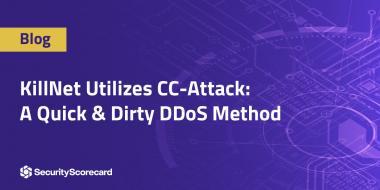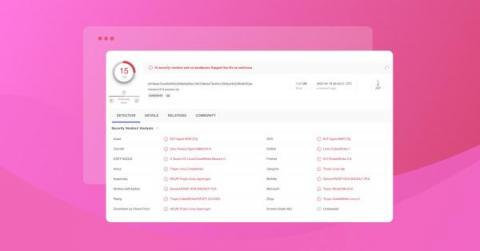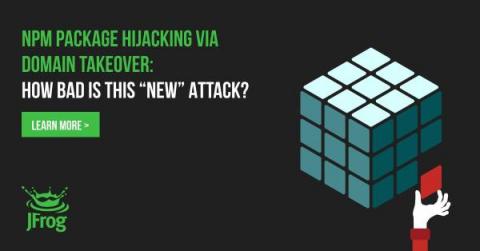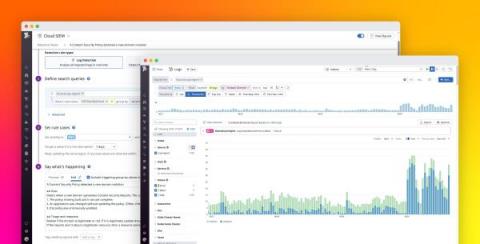CrowdStrike Uncovers New MacOS Browser Hijacking Campaign
The CrowdStrike Content Research team recently analyzed a MacOS targeted browser hijacking campaign that modifies the user’s browsing experience to deliver ads. Research began with a variant that uses a combination of known techniques to deliver, persist and sideload a Chrome extension. Analysis of the fake Chrome installer uncovered the use of more than 40 unique dropper files to install the extension.











